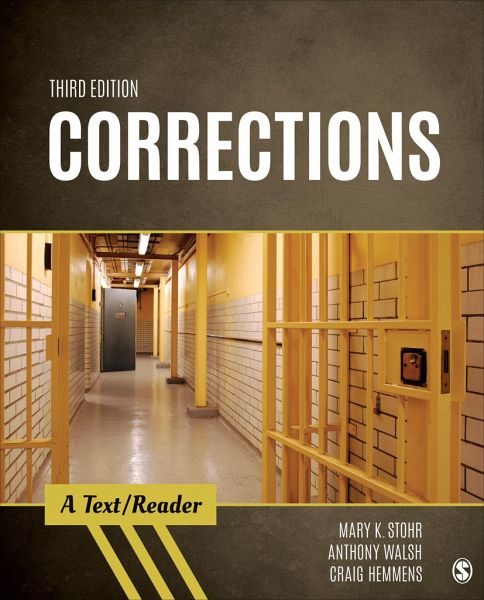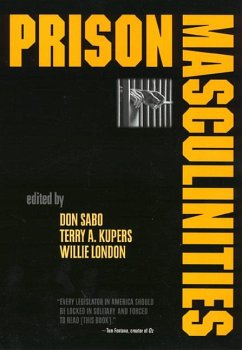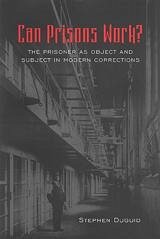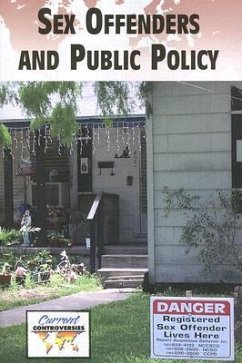Nicht lieferbar

Corrections: A Text/Reader
Versandkostenfrei!
Nicht lieferbar
The Third Edition of Corrections: A Text/Reader provides you with the best of both worlds—a brief authored text accompanied by carefully selected and edited readings. Clear explanations of all of the major course topics help you understand the impact of new directions and policy in corrections. Policy-oriented original research articles demonstrate how research drives these advances. Designed throughout to enhance understanding, the book includes a helpful "How to Read a Research Article" section before the first reading, as well as article introductions, photographs, and discussion question...
The Third Edition of Corrections: A Text/Reader provides you with the best of both worlds—a brief authored text accompanied by carefully selected and edited readings. Clear explanations of all of the major course topics help you understand the impact of new directions and policy in corrections. Policy-oriented original research articles demonstrate how research drives these advances. Designed throughout to enhance understanding, the book includes a helpful "How to Read a Research Article" section before the first reading, as well as article introductions, photographs, and discussion questions that will capture your interest and help you develop your critical thinking skills. New to the Third Edition * Nearly 75% of the journal articles have been updated to introduce you to current research on important topics such as racial and ethnic disparities in probation, influences on inmate misconduct, transgender prison inmates, and lethal injection protocol. * Updated and expanded coverage of ethical considerations, special populations, and the history of corrections provides you with the context for understanding policy decisions and their consequences, both past and present. * New Sections on Ethics (Section IV) and the Death Penalty (Section XVI) offer you insights into key issues in corrections today. * More coverage on disparities in sentencing and drug courts encourages you to think critically about U.S. drug policies and their effectiveness. * Additional content on federal procedures and private prisons shows real examples of private prisons, their profit motives, and the effect they have on the correctional system. * The most current data, facts, statistics, and research are included throughout the book to provide you with insights into the world of corrections today.









